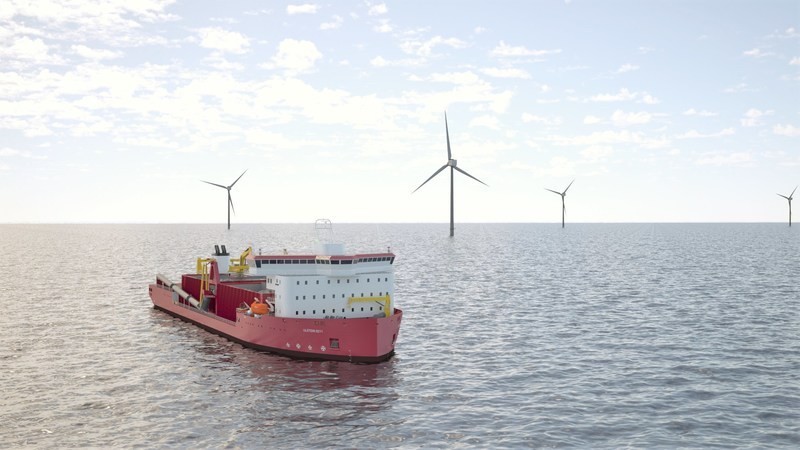The Biden administration’s May 25 announcement that the Bureau of Ocean Energy Management will open two new offshore wind energy areas off California to leasing invigorated industry advocates.
But the prospect of floating, anchored wind turbines - including one potential 399-square mile area off Morro Bay — alarms the state’s commercial fishermen, and even some environmental advocates — in a state where protecting marine mammals is a policy and political priority up there with renewable energy.
One key step forward was the Navy dropping its previous objections to the Morro Bay area. Top Navy officials during the Trump administration foresaw a loss of training areas but have decided to work with BOEM on planning.
Gov. Gavin Newsom proposed $20 million for the state budget that he says will expedite environmental review for renewable energy projects.
“We value process but not the paralysis of a process that takes years and years that can be done in a much more focused way,” said Newsom.
BOEM scheduled a June 24 task force meeting to publicly discuss the Morro Bay and Humboldt wind energy areas. Scheduling it for the same day as the Pacific Fishery Management Council’s regularly scheduled meeting was seen as a slap by commercial fishing groups, who have been scrambling to keep abreast of BOEM’s rapidly evolving West Coast wind plans.
“It is inexcusable that BOEM, who has claimed to engage closely with the Council, would schedule a Task Force meeting during the Council’s meeting,” complained the Pacific Coast Federation of Fishermen’s Associations.
“Floating wind turbines have not been deployed in the scale being considered off the California coast. Far too many questions remain unanswered regarding potential impacts to marine life which is dependent on a healthy ecosystem” said Mike Conroy, PCFFA’s executive director.
Even environmental groups, always solidly behind California’s renewable energy initiatives, appeared to take some pause from the speed that offshore wind is gathering there.
“We must remain vigilant in our efforts to ensure offshore wind is a net positive for California by also implementing robust environmental protections,” said Kristen Hislop of the Environmental Defense Center, founded in Santa Barbara after a severe 1969 offshore oil spill there.
The half-century since then has left California with probably the strictest environmental policies in the U.S. – including a focus on marine mammal protection. For the state’s Dungeness crab fleet, that’s imposed new rules for state wildlife officials to impose closures for avoiding gear entanglement with humpback whales.
The close-to-zero tolerance policy shut the fishery down a month early. Among fishermen’s other concerns is that offshore wind construction will displace migrating whales closer to shore, with the potential for still more conflict, said Conroy.
In a May 19 blog posting, Rebecca Loomis and Francine Kershaw of the Natural Resources Defense Council – a resolute supporter of offshore wind – spelled out a cautionary note, and even sounded a little like fishermen.
“Once potential floating offshore wind sites are identified, decisionmakers should conduct comprehensive ecological studies of these areas. Such studies provide more information on the appropriateness of a site and establish multi-year baseline ecological data for assessing the effects of an offshore wind project going forward. Sites should be studied and monitored before, during, and after all stages of project development, construction, and operation to continuously assess ecological impacts.”
While offshore wind is having its moment with the Biden administration, those calls for caution are rising.
Developers Ørsted and Eversource agreed to downsize their plan for the South Fork Wind Farm east of Long Island, N.Y., to 12 turbines from 15 in a bid to assuage fishermen’s concerns.
But the Rhode Island Fishermen’s Advisory Board called for rejecting a proposed $12 mitigation fund as inadequate, citing an economic study that estimates the industry could lose up to $40 million by displacement.





